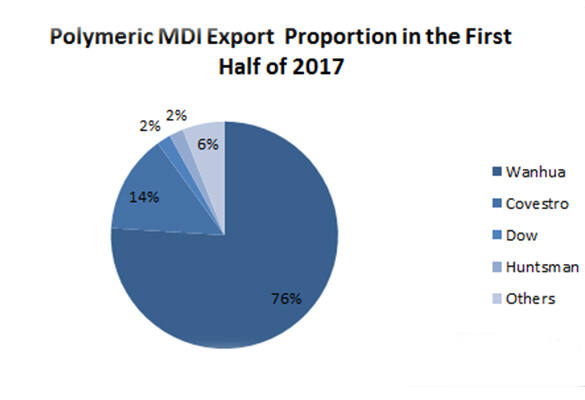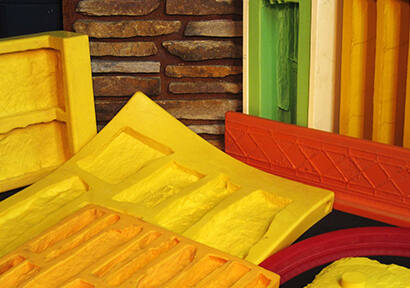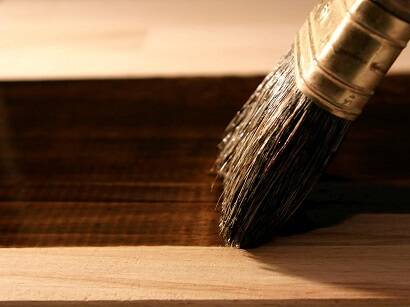Product
- Product
- Supplier
- Inquiry
- ads
- adssd
- adsajifdoj
Polyurethane (PUR and PU) is a polymer composed of organic units joined by carbamate (urethane) links. While most polyurethanes are thermosetting polymers that do not melt when heated, thermoplastic polyurethanes are also available.
Polyurethane polymers are traditionally and most commonly formed by reacting a di- or poly-isocyanate with a polyol. Both the isocyanates and polyols used to make polyurethanes contain, on average, two or more functional groups per molecule.
Some noteworthy recent efforts have been dedicated to minimizing the use of isocyanates to synthesize polyurethanes, because the isocyanates raise severe toxicity issues. Non-isocyanate based polyurethanes (NIPUs) have recently been developed as a new class of polyurethane polymers to mitigate health and environmental concerns. >> More
The ravages of time and use of a piece of furniture can be limited by a durable top or finish coat. While the terms varnish, polyurethane, lacquer and shellac are commonly used to reference a final finish in general, these products are not the same, nor are they recommended to be used interchangeably.
Shellac
This finish is actually a natural product (it's made from combining a secretion from the female lac bug with a solvent such as alcohol) that is very safe once dried and hardened. In addition to adding a protective coat, it also can add a warm amber color to wood.
Polyurethane
Essentially a plastic in the form of a liquid until it dries, polyurethane is available in both water- and oil-based options, and comes in varieties from satin to glossy.
Water-based polyurethane is popular because of its low odor and low toxicity... >> More
I’ve asked myself this question with each and every project that involves wood. I’ve painted cabinets, stained cabinets and I’ve even painted cabinets with stain. For all of these projects; I start with a solid plan that may take a few turns; such as changes in design or material used. Sometimes I plan to use a polyurethane finish coat and in the end I don’t and vise-versa. A recent post, “How to paint cabinets / wood to get Pro Results”, and accompanying video, has lit a fire that needs to be put out…
Whether water-based or oil-based, that really is up to you. I tend to stick with water-based. It works great and creates a hard, durable finish. I’ve used oil based before, particularly when painting my cabinets with a “dark” gel stain. General Finishes makes a great oil-based, gel poly finish. I like it a lot. Very easy to apply with a thick sock. I would however only use this on dark finishes, as I would be afraid of it yellowing over time when used over light colors. >> More
Related Market News
- 2018-02-12 Polymeric MDI Market Forecast in 2018
- 2018-02-20 Pidilite to Acquire 70 pc Stake in Cipy Polyurethane
- 2018-02-20 Waterborne Polyurethane Acrylate Coatings with Low Gloss Effect
- 2018-02-20 Polyurethane Machinery Maker Hennecke Buying OMS Group
- 2018-02-21 Axalta Launches Polyurethane Coatings to Expand Tufcote Industrial Economy Line
- 2018-02-20 The Polyurethane Market Increased Greatly (Aug 11-17, 2017)
- 2018-02-21 PO Market Focus: Polyurethane Materials Markets Went Up Together
PCDMA
PCMA
ChemicalWeekly
The Coatings Group
Gulfood
FoodTurkey
DKSH
BRENNTAG
Ecommerce Gateway
IPCEXPO.NET
MechChem
Copyright@Echemi.com









